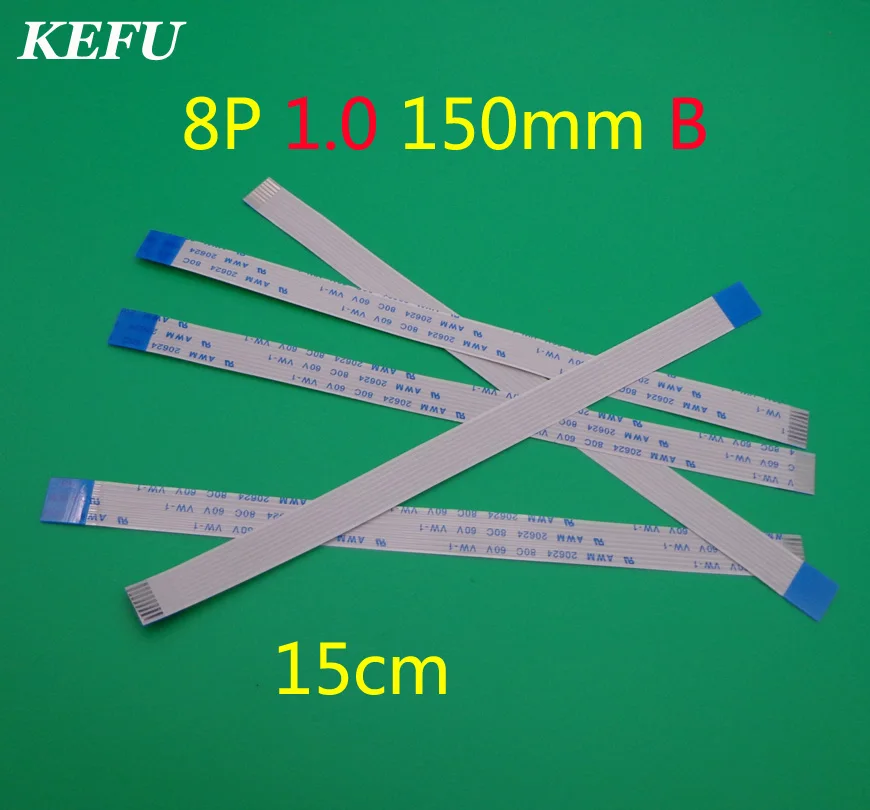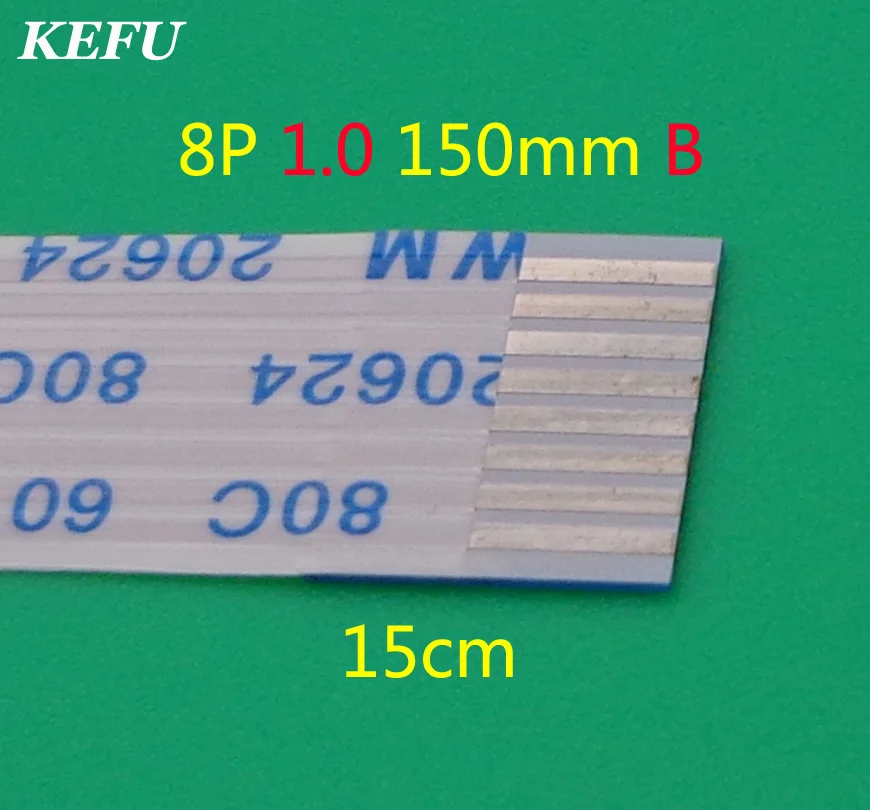
Only hiss and rumble can be reduced by available software, although there is research into the repair of some types of non-linear distortion.ĬlickRepair finds and repairs clicks and. Global degradation takes many forms, particularly hiss, rumble, and distortion due to non-linearity in the play-back equipment. Neither can be physically removed from the record, although there are methods for cleaning records quite thoroughly, and even playing them back 'wet'. The origin is usually scratches and/or dust particles. It is also possible to stop at Markers previously inserted by a suitable sound editor. The red peaks represent clicks and pops that were removed by ClickRepair. You’ll see the waveform scrolling while the file is being processed.

Next, set the DeClick slider to 50, check Pitch Protection and Reverse and set the method to X3.
Clickrepair pitch protection reverse manual#
It is designed to run automatically, although there are mechanisms for manual intervention. Go with the default file name suffixed with ‘-cr’. This includes standard CD and DVD audio formats. Localised degradation is typically in the form of clicks, ticks, and crackle. ClickRepair works with mono or stereo sound files up to 32 bits at 192 kHz.

Noise problems fall into two classes, localised and global. It is possible to operate automatically, or to intervene manually as required. It is not a filter it searches the file sample-by-sample, and only changes those identified as being suspect. ClickRepair finds and repairs clicks and crackle in audio files obtained by capturing vinyl and shellac (78) records to digital CD format.


 0 kommentar(er)
0 kommentar(er)
